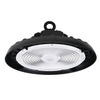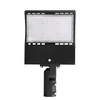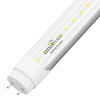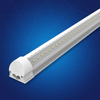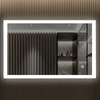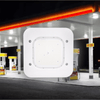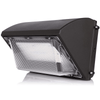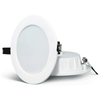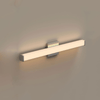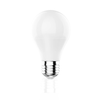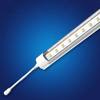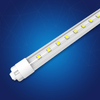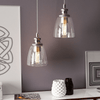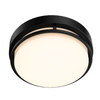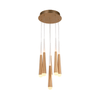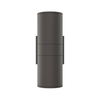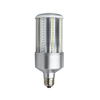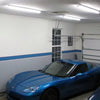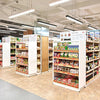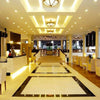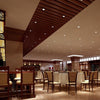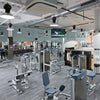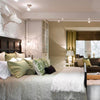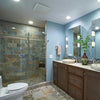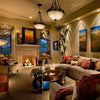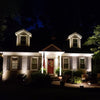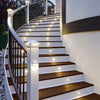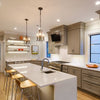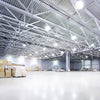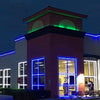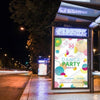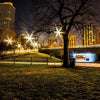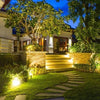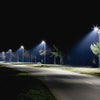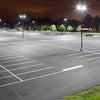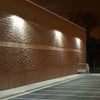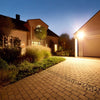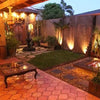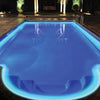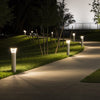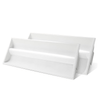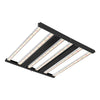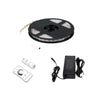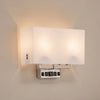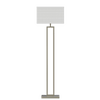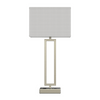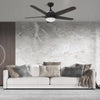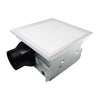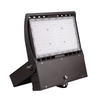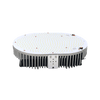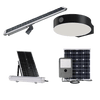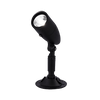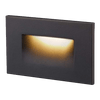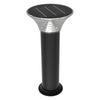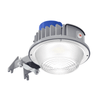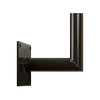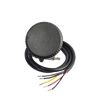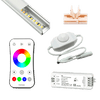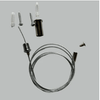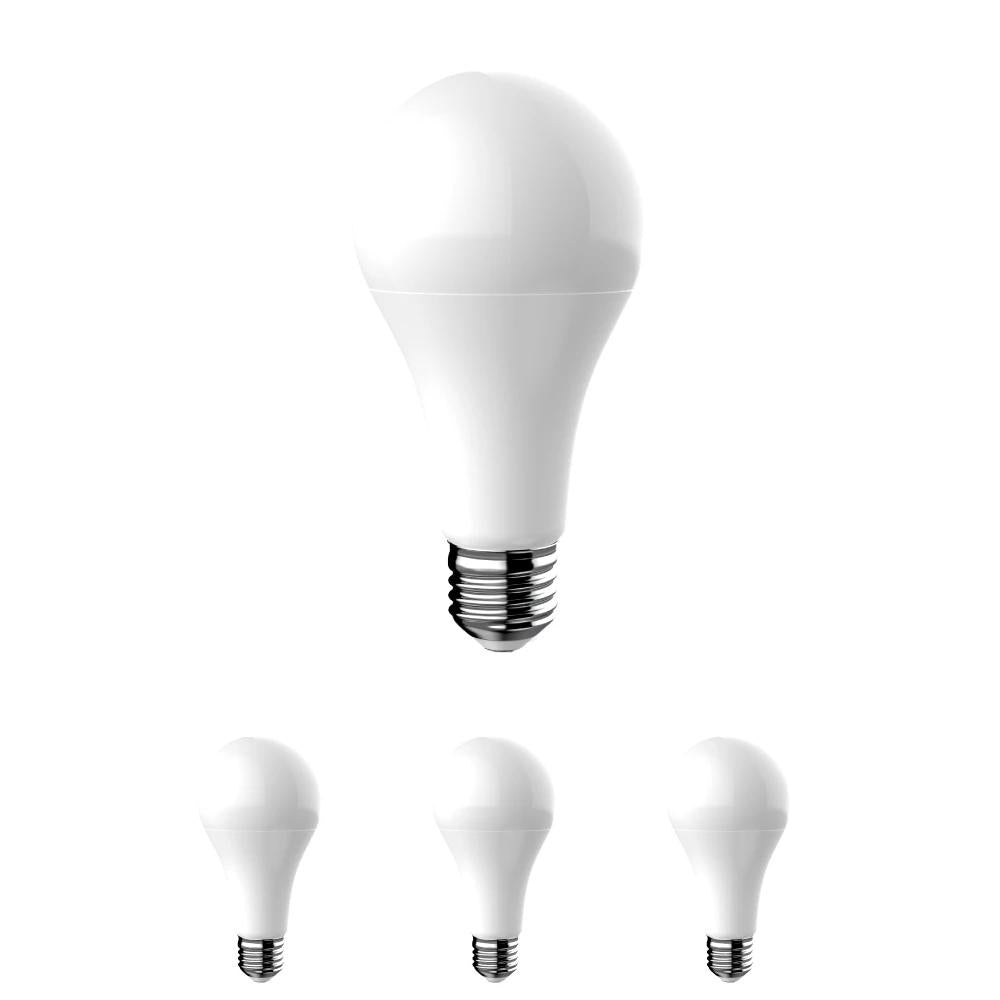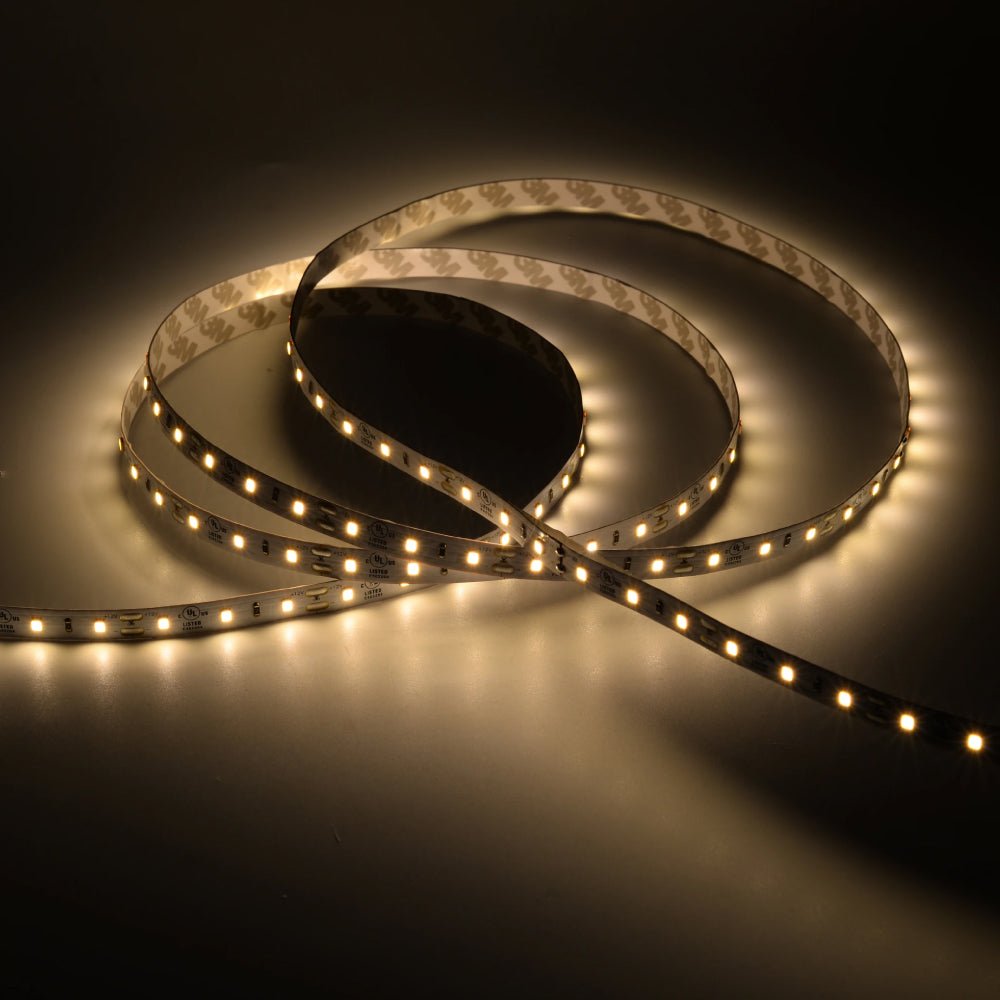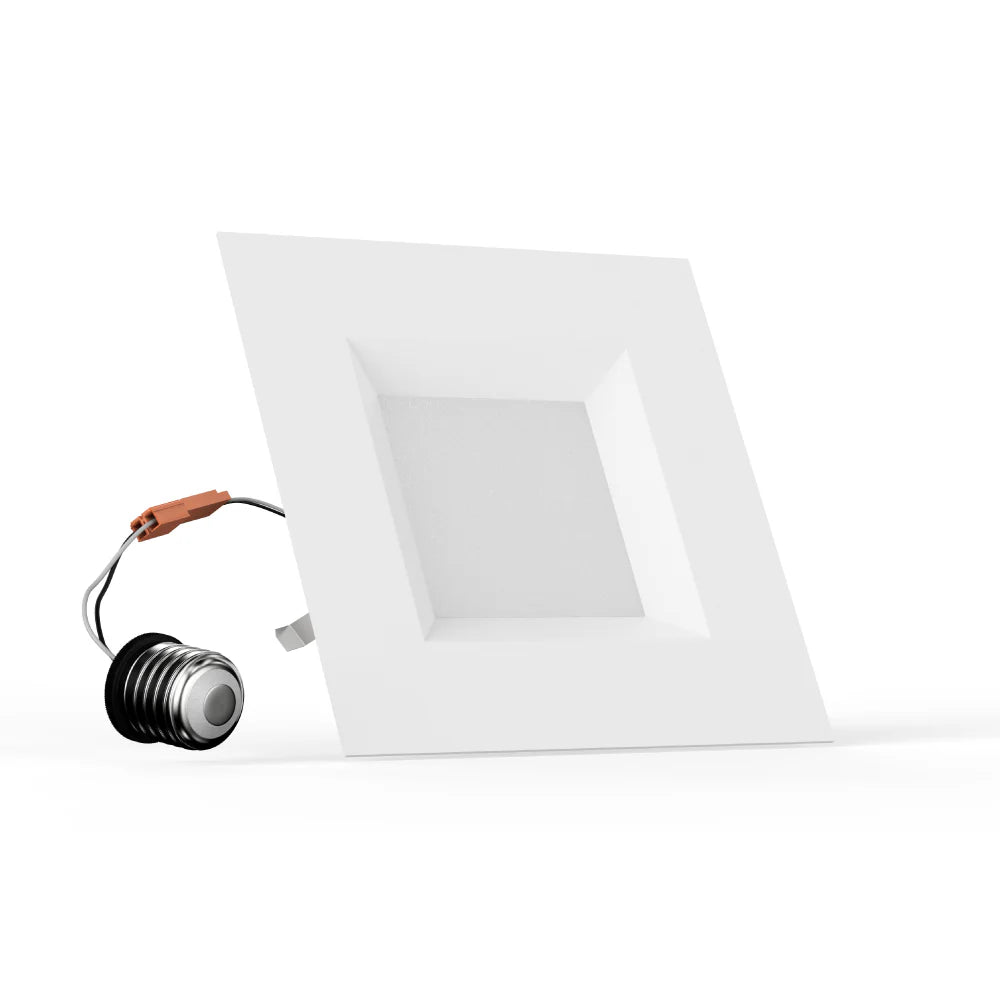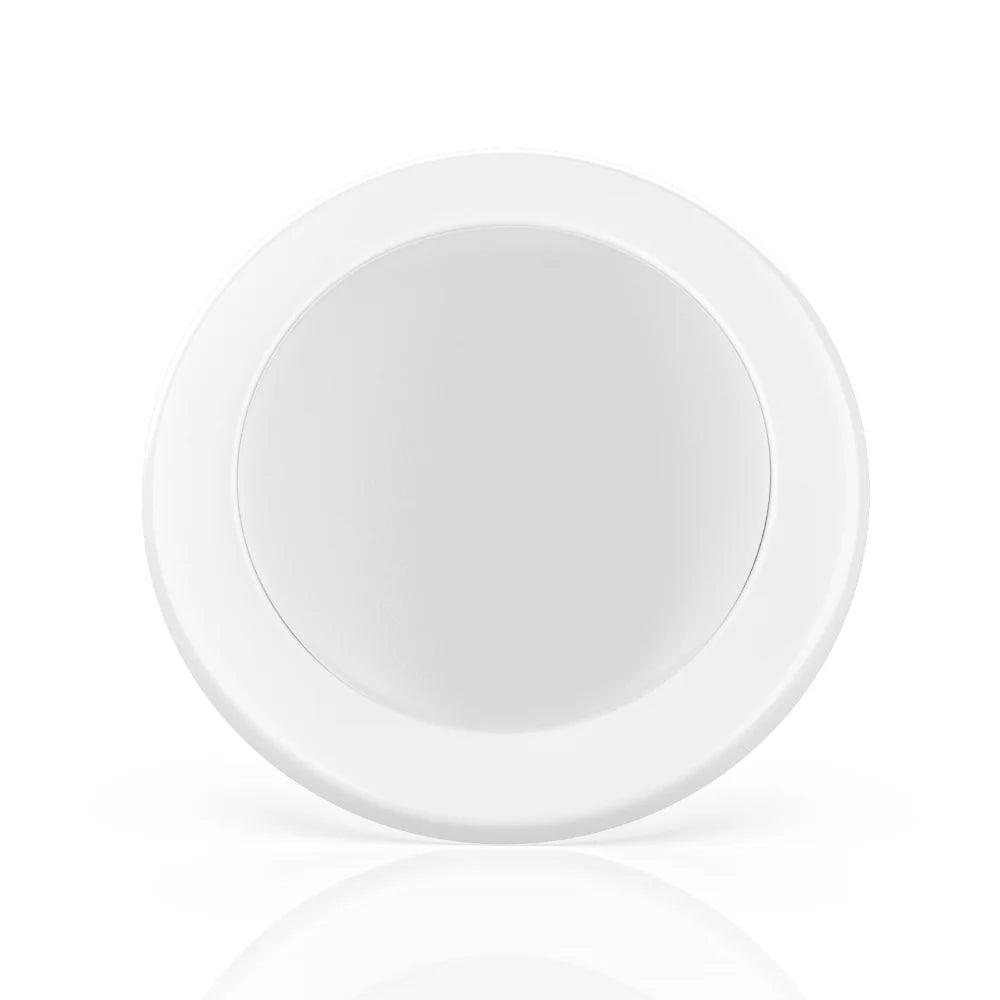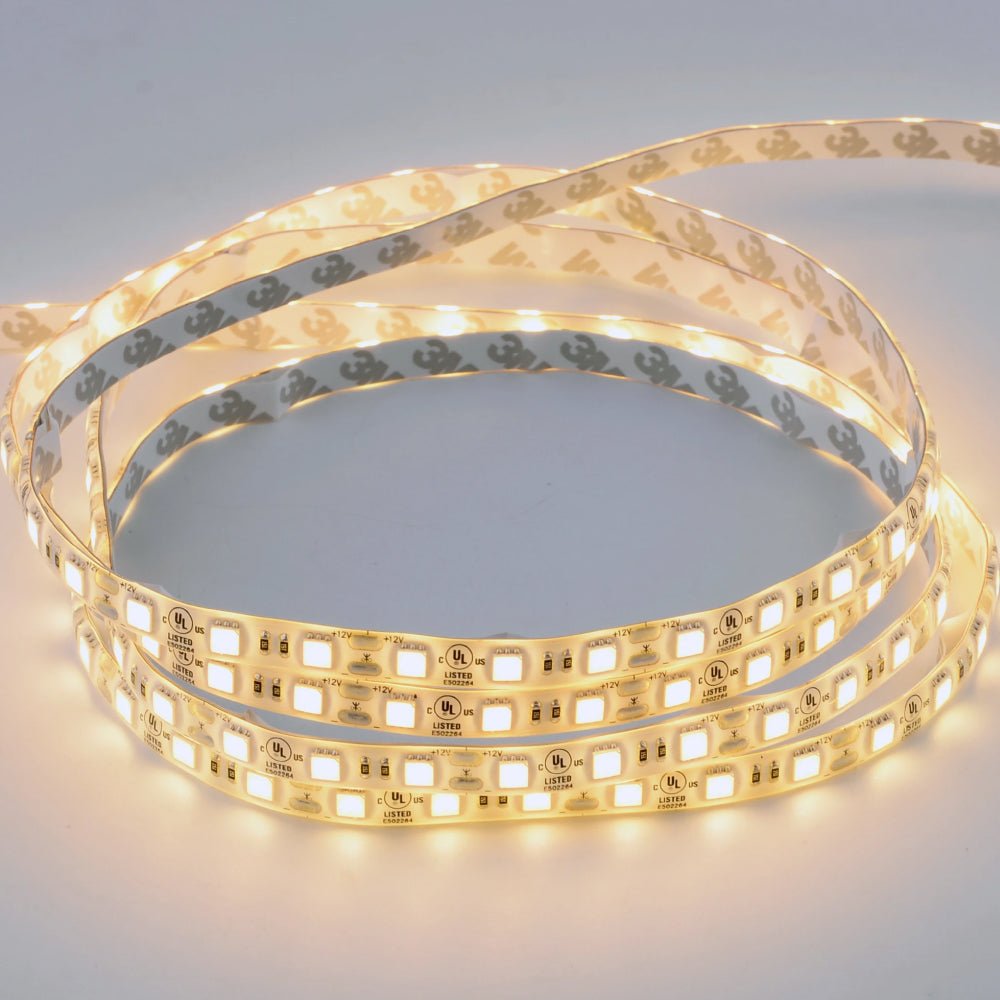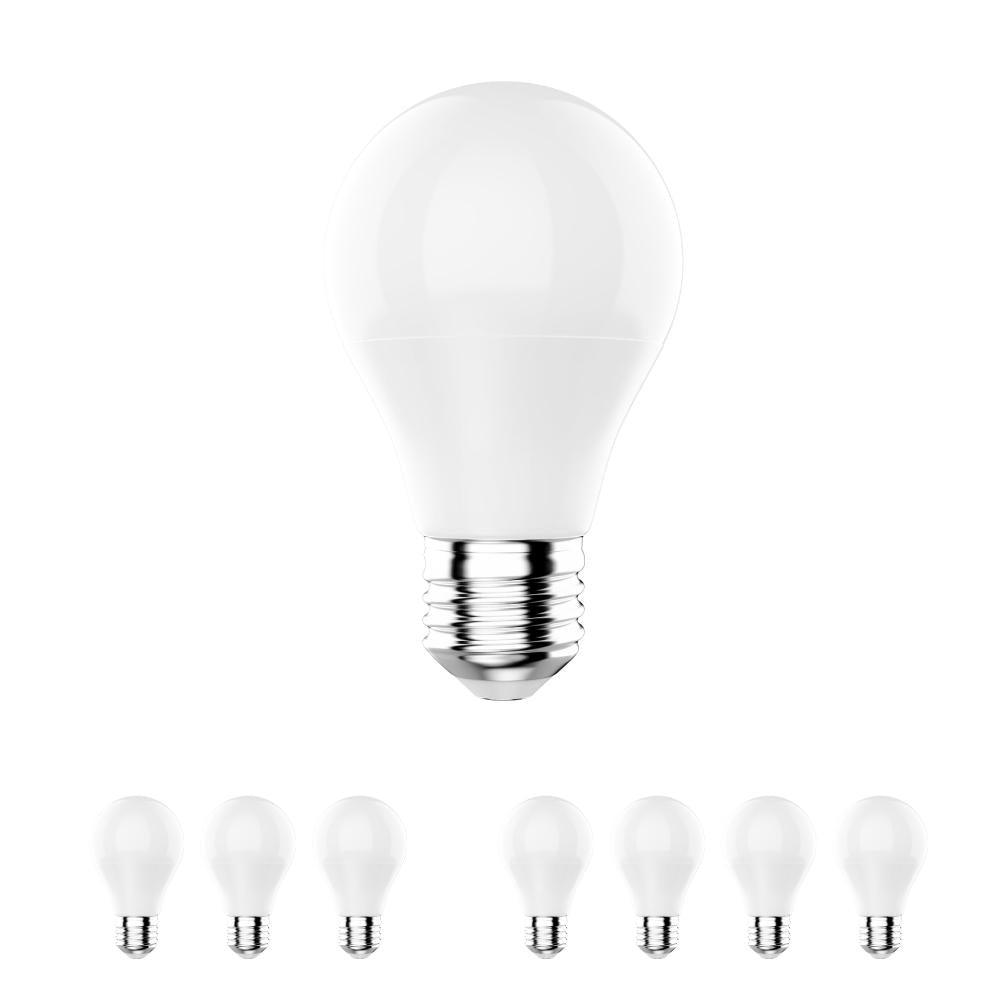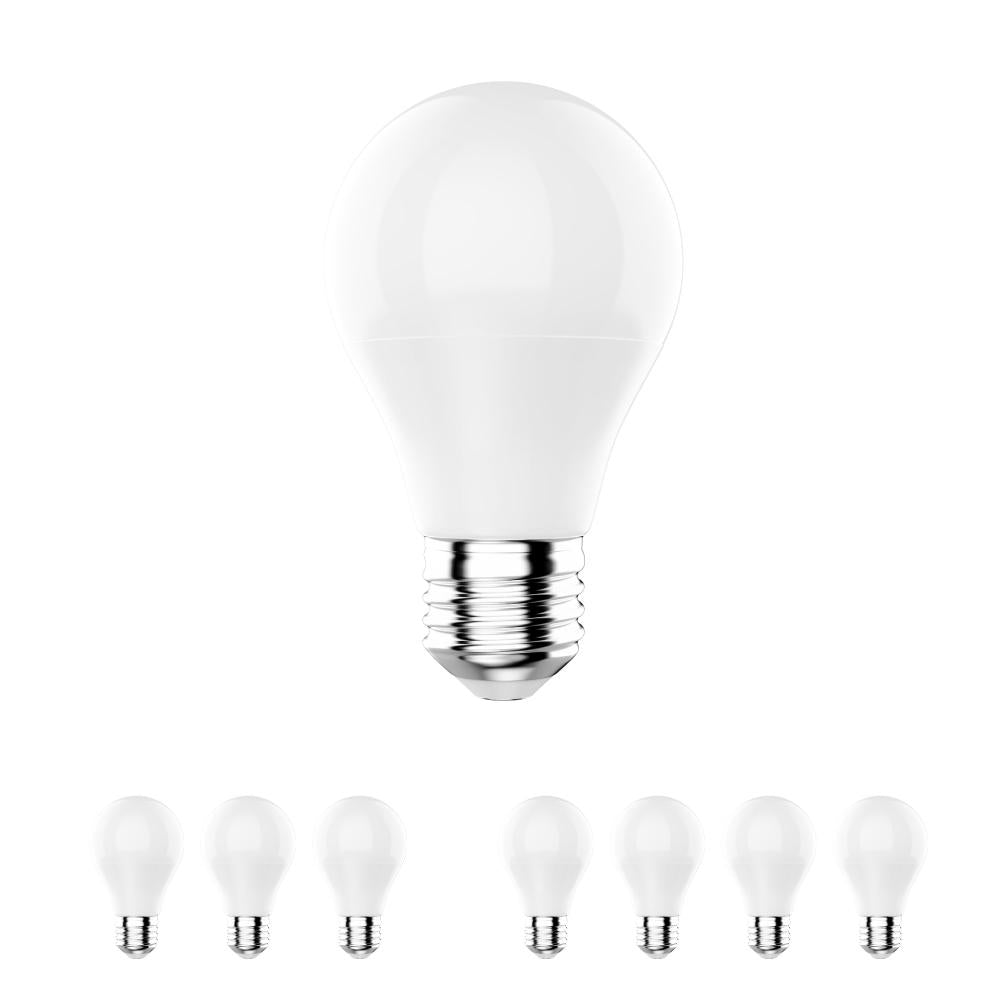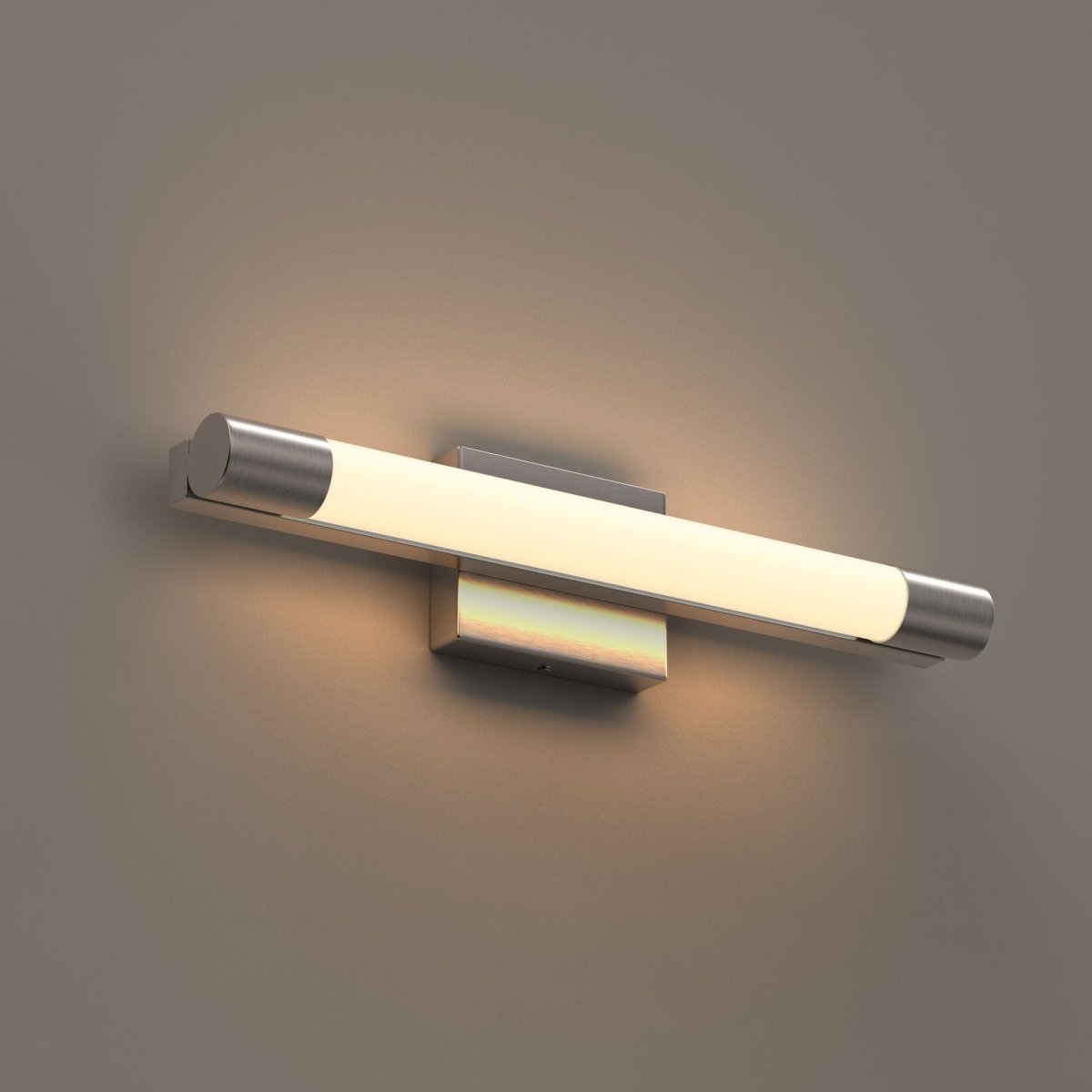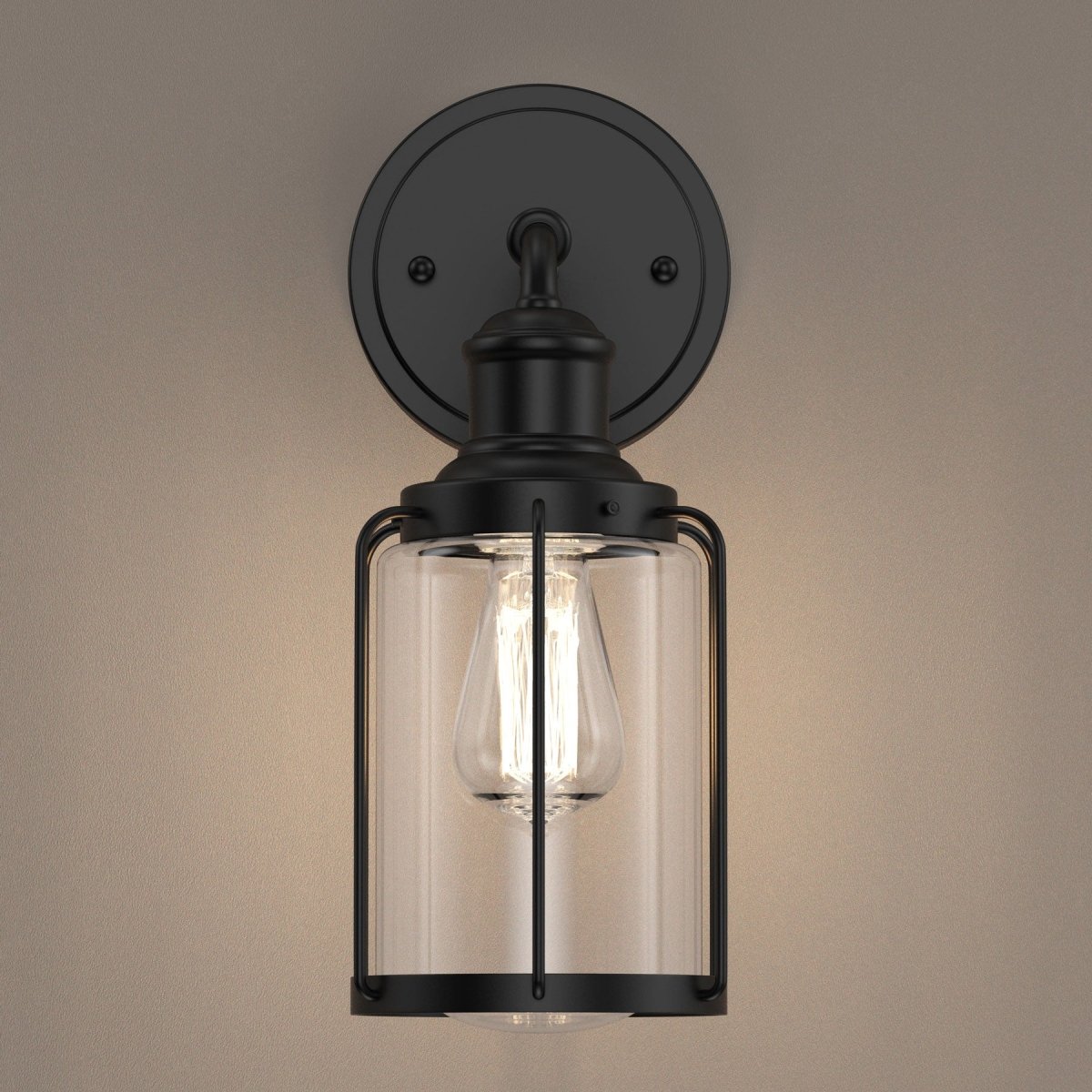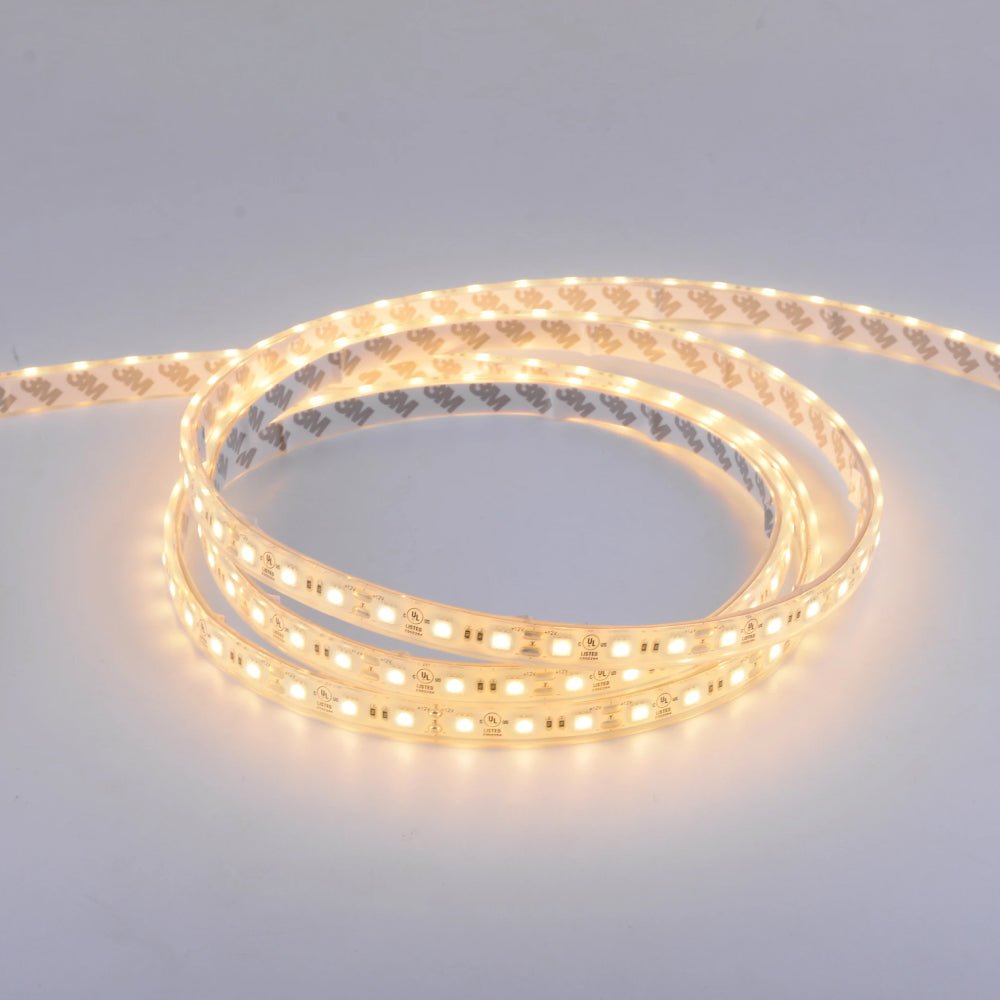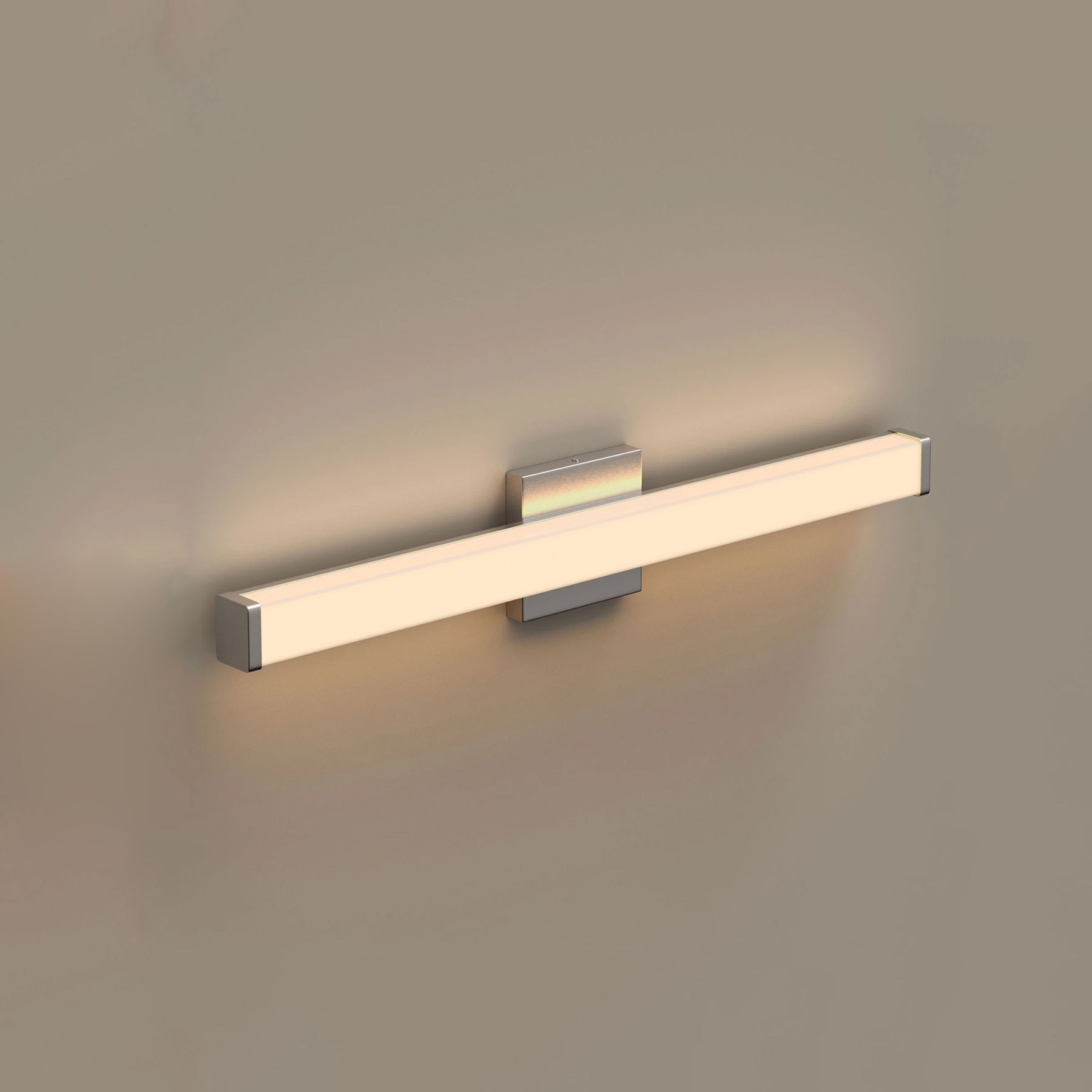In this digital age, LED lights have revolutionized the way we illuminate our homes. They are not just energy-efficient but also versatile, offering a wide range of lighting options to suit every corner of your living space. In this article, we'll explore the world of LED lights for home, shedding light on their benefits, types, installation, and much more.
Table of Contents
|
Introduction to LED Lights
LED, or Light Emitting Diode, is a semiconductor device that emits light when an electric current passes through it. Unlike traditional incandescent bulbs, LEDs do not rely on heating a filament to produce light, making them incredibly energy-efficient and durable.
Advantages of LED Lights for Home
Energy Efficiency
One of the primary reasons people switch to LED lights is their energy efficiency. LED bulbs use significantly less electricity than traditional lighting sources, reducing your energy bills and carbon footprint.
Longevity
LEDs have an impressive lifespan, often lasting up to 25,000 hours or more. This means you won't have to replace them as frequently, saving you money in the long run.
Cost-Effective
While LED bulbs may have a higher upfront cost than incandescent bulbs, their long-term cost-effectiveness is undeniable. The energy savings and longevity outweigh the initial investment.
Environmental Benefits
LEDs are eco-friendly, as they contain no harmful chemicals and are 100% recyclable. Additionally, their low energy consumption reduces greenhouse gas emissions.
Types of LED Lights
LED Bulbs
LED bulbs are versatile and can replace traditional incandescent bulbs in most fixtures. They come in various shapes and sizes, making them suitable for different lighting needs.
LED Strips
LED strips are flexible and can be used to add accent lighting or create dramatic effects. They are popular for under-cabinet lighting and decorative purposes.
LED Downlights
LED downlights, also known as recessed lights, provide a sleek and modern look. They are great for task lighting in kitchens and bathrooms.
Choosing the Right LED Lights
Lumens and Brightness
When selecting LED bulbs, consider the lumens rather than wattage. Lumens indicate the brightness level, helping you choose the right intensity for each room.
Color Temperature
LEDs come in various color temperatures, from warm white to cool daylight. The color temperature affects the ambiance of a room, so choose accordingly.
Dimming Options
Some LED bulbs are dimmable, allowing you to adjust the light's intensity to create different moods and save energy when full brightness isn't necessary.
Installing LED Lights
DIY Installation
Many LED lighting options are user-friendly and can be installed as a DIY project. However, it's essential to follow the manufacturer's instructions for safety and efficiency.
Professional Installation
For complex installations or if you're unsure about electrical work, it's wise to hire a professional electrician to install your LED lights safely.
Maintenance and Care
LED lights require minimal maintenance. Regular cleaning and avoiding excessive heat are usually sufficient to keep them in top condition.
Smart LED Lighting
Smart LED lighting systems allow you to control your lights remotely, set schedules, and even change colors. They offer convenience and customization.
LED Lights in Different Rooms
Each room in your home has unique lighting needs. Here's how you can use LED lights effectively in various spaces:
Living Room
Use LED floor lamps and accent lighting to create a cozy ambiance for relaxation.
Kitchen
Install bright LED task lighting under cabinets to enhance visibility while cooking.
Bathroom
Use LED vanity lights for clear and flattering illumination in the bathroom.
Bedroom
Opt for warm LED bulbs to create a calming atmosphere for a good night's sleep.
Enhancing Ambiance with LED Lights
LED lights can set the mood in any room. Consider using them to create focal points or highlight architectural features in your home.
Cost Savings with LED Lights
While LED bulbs may cost more initially, their long lifespan and energy efficiency save you money over time. It's an investment that pays off.
Common Misconceptions about LED Lights
There are several myths about LED lights. We debunk these misconceptions to help you make an informed decision.
Tips for Using LED Lights Effectively
From layering lighting to experimenting with color, we share tips on making the most of your LED lighting.
Safety Precautions
While LED lights are safe, it's essential to follow safety guidelines when installing and using them to prevent accidents.
Conclusion
In conclusion, LED lights for home offer an eco-friendly, cost-effective, and versatile lighting solution. Their energy efficiency, longevity, and numerous options make them an excellent choice for any homeowner.
FAQs
-
Are LED lights suitable for all rooms?
- LED lights can be used in most rooms, but it's essential to choose the right type and color temperature for each space.
-
Do LED lights emit heat?
- LED lights produce very little heat compared to incandescent bulbs, making them safer to use.
-
Can I use LED lights outdoors?
- Yes, there are outdoor LED lighting options designed to withstand the elements.
-
Do LED lights flicker like fluorescent lights?
- No, LED lights do not flicker, and they provide consistent and stable illumination.
-
Are smart LED lights challenging to set up?
- Smart LED lights are designed for ease of use and typically come with user-friendly apps for setup and control.
Illuminate your home with the brilliance of LED lights, and experience the difference they can make in your living space.





